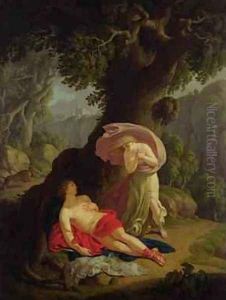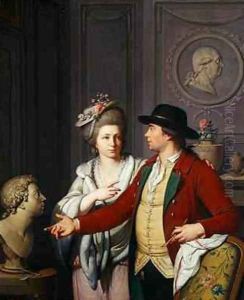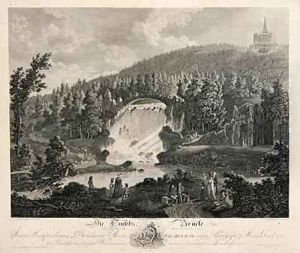Johann August the Younger Nahl Paintings
Johann August Nahl the Younger was a prominent German sculptor and stucco artist of the Baroque period, born in 1710 in Berlin, Germany. His father, Johann August Nahl the Elder, was also a notable artist, which provided a rich artistic environment for Nahl's upbringing and education. The Nahl family, including Johann August the Younger, played a significant role in the development of Baroque and Rococo art in Germany, particularly in the area of decorative arts and sculpture.
Nahl's career began in earnest after he completed his apprenticeship, which included travels to France and Italy, countries that were central to the artistic movements of the time. These travels were crucial for his artistic development, exposing him to the works of the masters of the Renaissance and Baroque periods. Upon his return to Germany, Nahl settled in Kassel, where he became an influential figure in the artistic scene.
One of Nahl's most famous works is the tomb of Maria Magdalena Langhans in Hindelbank, Switzerland, which he completed in 1751. This poignant sculpture, known for its remarkable realism and emotional depth, depicts the deceased as if she were waking from sleep. It is considered a masterpiece of German funerary art and reflects Nahl's skill in capturing human emotion and his attention to detail.
Throughout his career, Nahl collaborated with various architects and artists, contributing significantly to the interior decoration of palaces and churches. His work includes stucco decorations, altarpieces, and sculptures that are characterized by their dynamic forms and expressive figures, typical of the Baroque style. Nahl's contributions to the arts were recognized by his contemporaries, and his legacy continued through his son, Carl Wilhelm Nahl, who became a painter.
Johann August Nahl the Younger's death in 1781 marked the end of a distinguished career. His works remain a testament to the creativity and vibrancy of the Baroque period in Germany. Through his artistic achievements, Nahl has left a lasting impact on the world of art, particularly in the realm of sculpture and decorative arts.







